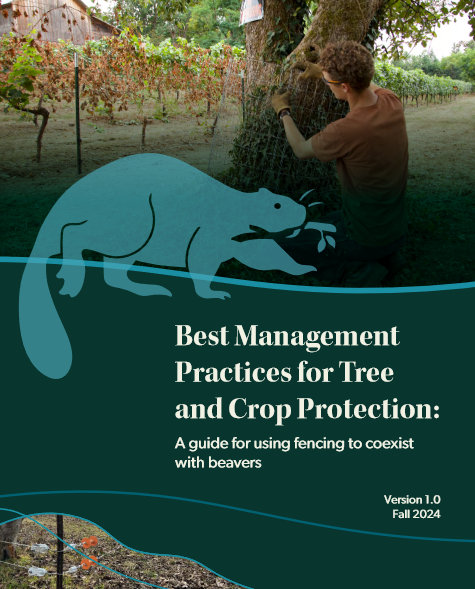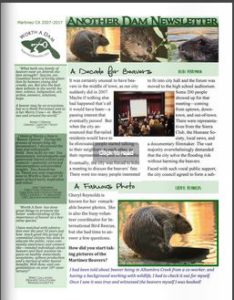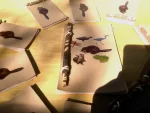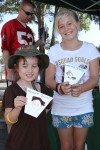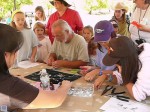
Look who’s visiting the River Otter in Devon. (No, for once that isn’t a typo, he’s not vising ‘A’ river otter. He’s visiting THE river named ‘otter’ in Devon England.)
Mystery of the beaver making himself a new home in the River Otter
You might expect to see an otter on the Devon river which bears the animal’s name, but not a beaver which has been extinct in this country for hundreds of years.
Now one has been spotted on the River Otter by an environmental scientist – and it’s thought to be the only beaver living wild in England.
But how did it get there? And is it alone, or have a family of beavers moved in to a quiet part of the river in South East Devon?
These are some of the questions which retired scientist Tom Buckley and local farmer David Lawrence have been trying to answer since they established that at least one beaver is now living in a part of the river near Ottery St Mary.
Regular readers of this website, (who apparently do not include any scientists in the United Kingdom will remember on January 9th I posted the update from the Devon Beaver Project, which is located in Cornwall about 25 miles away as the beaver swims from where this story takes place. The Otter River flows all the way to the ocean, and a beaver could make an easy transit from Exeter. Shh don’t tell them. It works better as a mystery. At least they’re interested and curious, which is more than I can say for lots of cities.
I first noticed a tree that had been damaged because I walk around that area every day – then I saw a few trees had been nibbled,” Mr Buckley went on. “For me it posed the question: could it have been a beaver, or was it some kids messing about?
“When I looked more closely it was clear the damage to the trees had been done by a beaver…”
After that Mr Buckley began mounting his special “trail-camera” – which automatically takes photographs when triggered by some substantial movement – at various locations around a small island in the river.
“What happens on David Lawrence’s land near Ottery St Mary is that the river divides to leave a bit of an island in the middle – and that’s the main area where we are seeing them. It’s where most of the trees have been laid down, not necessarily forming a dam, but it may be that this is the early stages.
Oh that is one happy beaver! An entire island to avoid humans and the only one of his kind to chew those trees in 400 years! He must be feeling a cross between Rip Van Winkle, and a kid locked up in a candy shop that is closed for the night! The story was picked up this morning by the BBC. Lucky him! For now, anyway.
Mr Buckley added: “It’s all very interesting – it’s early days yet but, as long as lots of people don’t go there and frighten the beaver away, he should be happy enough.
“What’s going to be really interesting is how it gets on with the other animals, like the otters which we see on the river.”
Take it from Martinez, the otters will be THRILLED that the beaver is there, digging holes and improving the bugs so that the fish are fatter and more plentiful. The beaver won’t mind the company. He has had 400 years all to himself.

And to get us all in the mood for the beaver festival which is a mere 7 months away, I’m going to start a new series highlighting something that was donated to us or the silent auction. This painting donated by the artist Lynn Bywaters of Connecticut arrived yesterday. One look should get everyone in the mood to bid early and often!

 Mclodges – Lynn Bywaters
Mclodges – Lynn Bywaters














